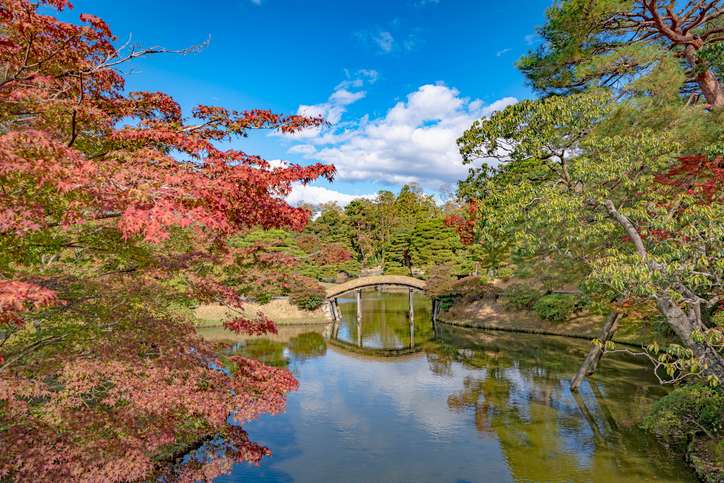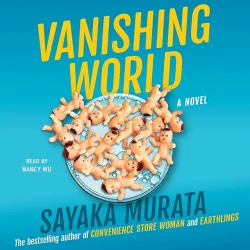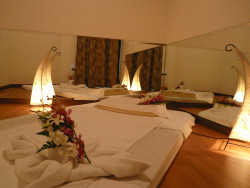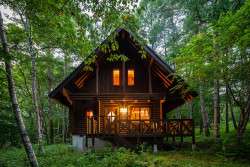
November 30, 2025
Kyoto’s Hidden Palaces
Escape the tourist mobs at former imperial villas
Kyoto is known worldwide for its golden pavilions, bustling markets and atmospheric alleys, but some of the city’s most remarkable treasures are tucked behind high earthen walls and guarded gates. For travelers who want to step beyond the tourist routes, Kyoto’s imperial residences and gardens reveal a quieter, more exclusive side of Japan’s ancient capital.
Imperial Palace Grounds

The Kyoto Imperial Palace, rebuilt in the mid-19th century, still exudes the grandeur of Japan’s court life. From the wide gravel courtyards of the Shishin-den (Hall for State Ceremonies) to the restrained elegance of the Seiryo-den (emperor’s residence), each space reflects centuries of tradition. Though tours are tightly scheduled and guided, the reward is the rare chance to stand where emperors were once enthroned.
Sento and Omiya Imperial Palaces
Within the same park lie two lesser-known compounds: Sento, once home to retired emperors, and Omiya, still occasionally used by the imperial family. Sento’s gardens, complete with twin ponds edged by tens of thousands of stones, remain one of Kyoto’s great seasonal landscapes, especially dazzling during spring wisteria and autumn maple.
Shugakuin Imperial Villa
Set in the foothills of Higashiyama, Shugakuin is a masterpiece of garden design. Built in the 1650s, its upper villa commands sweeping views of Mt. Hiei, blending rice fields, pavilions and the concept of shakkei—borrowed scenery. The walk between its three compounds feels like moving through a series of carefully composed landscape scrolls.
Katsura Imperial Villa

Often considered the crown jewel of Kyoto’s imperial properties, Katsura Villa embodies understated perfection. Its winding garden paths reveal new vistas with every turn: pavilions framed by maples, stepping stones laid with geometric precision, and lake reflections that seem painted into existence. The villa has survived intact since the 17th century, offering perhaps the purest glimpse of Kyoto’s refined aesthetics.
Travel Tips
Tours of the Imperial Palace, Sento, Shugakuin and Katsura Villas are free but require advance reservation with the Imperial Household Agency. Slots are limited and tours are typically conducted in Japanese, though English guidebooks are available.
Where to Stay
After exploring Kyoto’s hidden imperial sites, you’ll want a base that balances comfort with cultural proximity. Just steps from the Imperial Palace gardens, Noku Kyoto has been part of the city’s landscape for a decade. To mark its 10th anniversary in 2025, the hotel is offering 40% off stays. It’s an ideal option if you want your lodgings to be as memorable as your wanderings.

Originally published September 12, 2008, last updated November 30, 2025.







